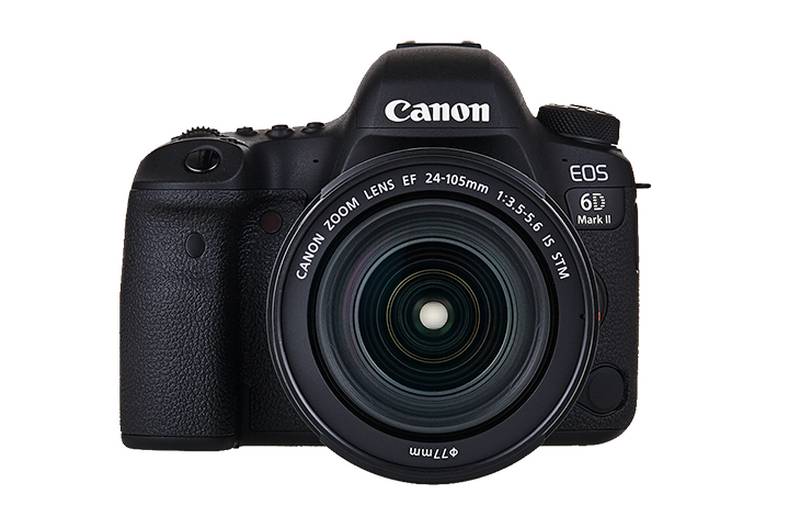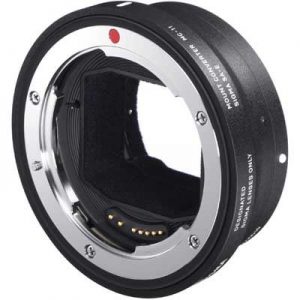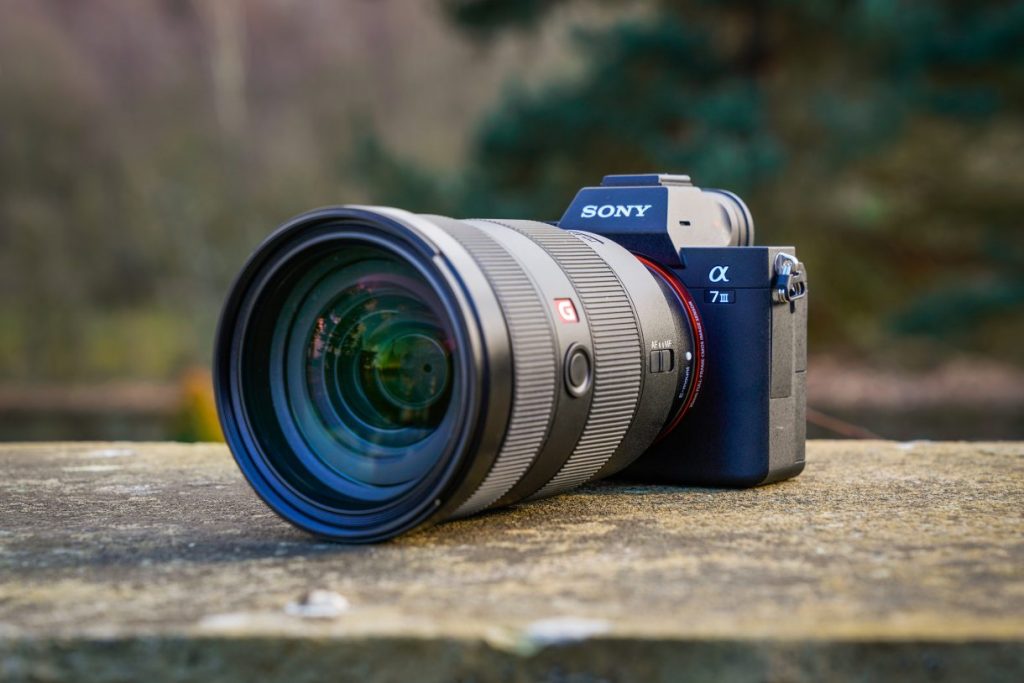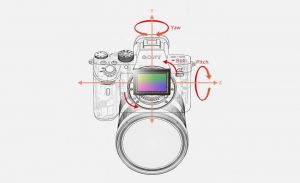
Canon EOS 6D Mark II
Sony lead in full frame mirrorless cameras. The Sony a7iii has been continually out of stock since the launch in March. However, there are a bunch of Nikon and Canon DSLR users who would like to make the switch to mirrorless but have so much invested in lenses, that they worry that the switch will be expensive and cumbersome. As a result, they are clinging to their cameras in the hope that mirrorless full frame offerings from these manufacturers will come soon.
For Canon users, the wait was going to be until next year, but the latest rumours put release before the end of 2018. Perhaps even at Photokina before the end of September. So what do we know about Canon Full Frame Mirrorless cameras so far:
Canon are Committed to Full Frame Mirrorless
Canon are serious about this market because their traditional DSLR camera sales are bombing. Although the company is well diversified, changeable lens cameras are still an important segment, because they drive the sale of very profitable lenses. CEO Fujio Mitarai has said that Canon is committed and will “go on the offensive” to take a bigger share of the mirrorless market.
What about Canon EF Lenses
There is a question mark regarding how existing Canon DSLR lenses with an EF mount, will fit a full frame mirrorless Canon camera. The biggest challenge is flange distance, which may mean an adapter. When Canon launched the M range of APS-C mirrorless cameras they did offer an adapter for EF lenses. This may well be the direction of travel for full frame. Otherwise, the camera will have a relatively thick body compared to Sony.
What are the Rumours about Canon Full Frame Mirrorless Cameras
It looks like there are two cameras in the pipeline according to Canon Rumors. One a ‘flagship’ version which will mimic the 5D Mkiii with a 30.4mp sensor. The other is a 24mp version which may be based on the 6D2 sensor. However, considering the stick that this sensor received at launch, it will have to be seriously modified. Launching two cameras is both a good thing and worrying at the same time. One of the big criticisms of Canon in the past has been that they have tried to differentiate their products by ensuring that the more expensive cameras have key features which are omitted from less expensive siblings e.g. the 5Diii has 4k but the 6D2 does not. Users feel short changed by this kind of strategy.
Canon Work to Get it Right
When the M series of mirrorless cameras was launched in 2012 they received a lot of criticism. Sony is the elephant in the room now. Their FF mirrorless cameras are now so advanced and popular, that if Canon go just for catchup it will be a big disappointment. Word is that Canon has turned to their professional community, Explorers of Light to ensure they get it right.
Summary
This is make or break for Canon, therefore they have to get potential customers onside. I would hope that they engage with users prior to the launch. Watch this space.
Where I Buy
I buy my equipment from Wex because I have genuinely found that they offer great advice and customer service.



